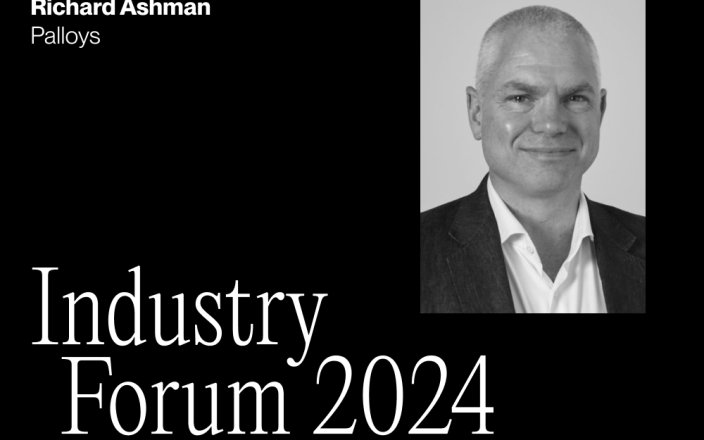
Jason Ree
CEO and Master Jeweller, Jason Ree Design
Can you share some unique success stories or memorable experiences from 2023 that highlight the personal touch and craftsmanship of your business?
Oh boy, so many. The first one that came to mind was a customer who, mid-consult, took off his shirt to show me his full-body Nevada mountain range tattoo to articulate the shape and form I needed to carve his bespoke Mokume Gane bangle with. The scale and size of the bangle was a massive undertaking that was so perfectly suited to the Mokume technique. This [moment] inspired the remaking of my own wedding rings based on the wind-carved forms of Sydney sandstone, also in Mokume Gane.
How has your Australian-made identity influenced your business in 2023, and how do you plan to further promote Australian craftsmanship in the coming year?
This is a constant theme for any bespoke jewellery business and is probably the single most important marketing angle we use. It intimately plays into our brand’s credibility and personality. As a member of the Gold and Silversmiths Guild, we stamp all our pieces with a maker’s mark, guild mark, and date stamp to prove the design was made in Australia and when. I find my customers love knowing we are willing to be identified as the maker of the piece in perpetuity.
Can you discuss some of the most exciting custom projects or bespoke creations you worked on in 2023, and what trends or requests you anticipate in the bespoke jewellery market for 2024?
We did a couple of really beautiful Art Deco tablet-style rings combining Australian sapphire, platinum and diamonds. They are always insanely time-consuming and rely on precise geometry to execute the design correctly. The large-scale format of this style allows the addition of loads of bespoke detail and subtle nuances that only the wearer gets to see.
We’ve seen a definite surge in Art Deco-inspired design. The main appeal seems to be combining simple geometry and a vintage vibe but with a more modern take on the overall proportions and using more yellow gold than would have traditionally been used.
Sustainability and ethical practices are becoming increasingly important in the jewellery industry. How does your family-owned workshop approach sustainability and responsible sourcing, and what sustainability initiatives or materials are you integrating into your creations for 2024?
I’m completely upfront with my customers that there are few verifiable jewellery materials that we get 100 percent visibility into the entire supply chain and will be quite clear about which ones we do. We rely on assurances from suppliers but don’t have the purchasing power to, for example, travel to Brazil to inspect the cutting or mining conditions of our custom-cut quartz supplier.
Australian sapphires, however, stand out as one of the few gems where we either know the person who found the original crystal or the cutter personally and, as such, have a much clearer sense of providence. This is always a fact that clients will take into consideration, and often if given the choice, will avoid Sri Lankan or African sapphires as a result.
How do you stay attuned to changes in the jewellery industry, and what strategies are you employing to ensure that your creations continue to resonate with consumers in 2024?
I don’t specifically look at the industry per se. Rather, I listen to my customers and how best to express the emotions they [want] to articulate through good design. To make sure a design will resonate with clients is really about having that deep conversation, helping them to discover the tools at hand and forever listening.
What are you most looking forward to in 2024?
Moving away from the domestic engagement market and back to a broader design brief that champions Australian gemstones in unique and unusual ways, and playing with new forms and textures in a variety of precious metals.


